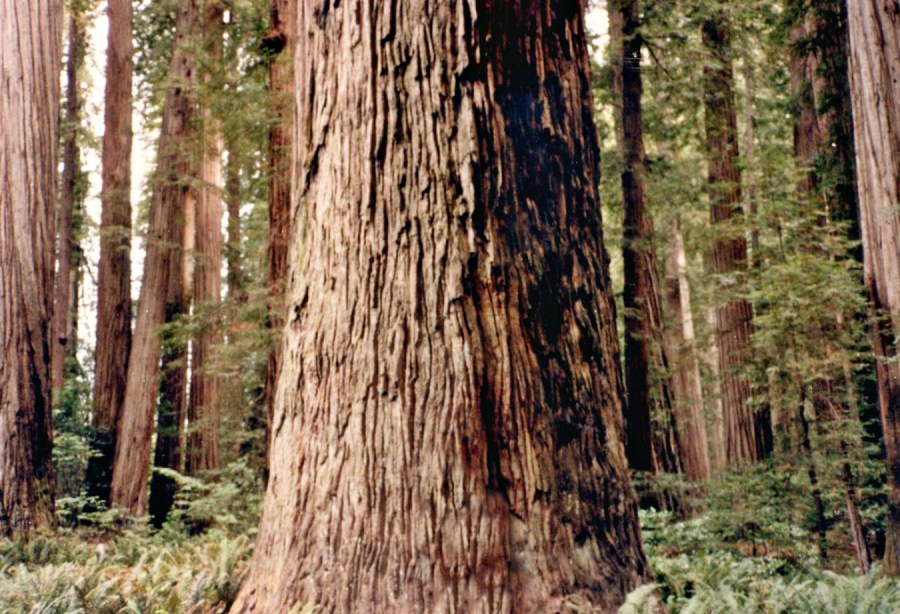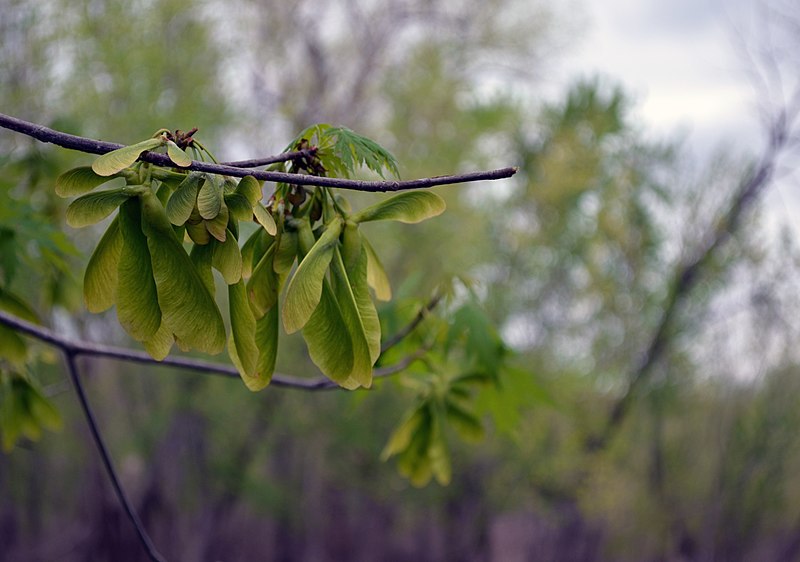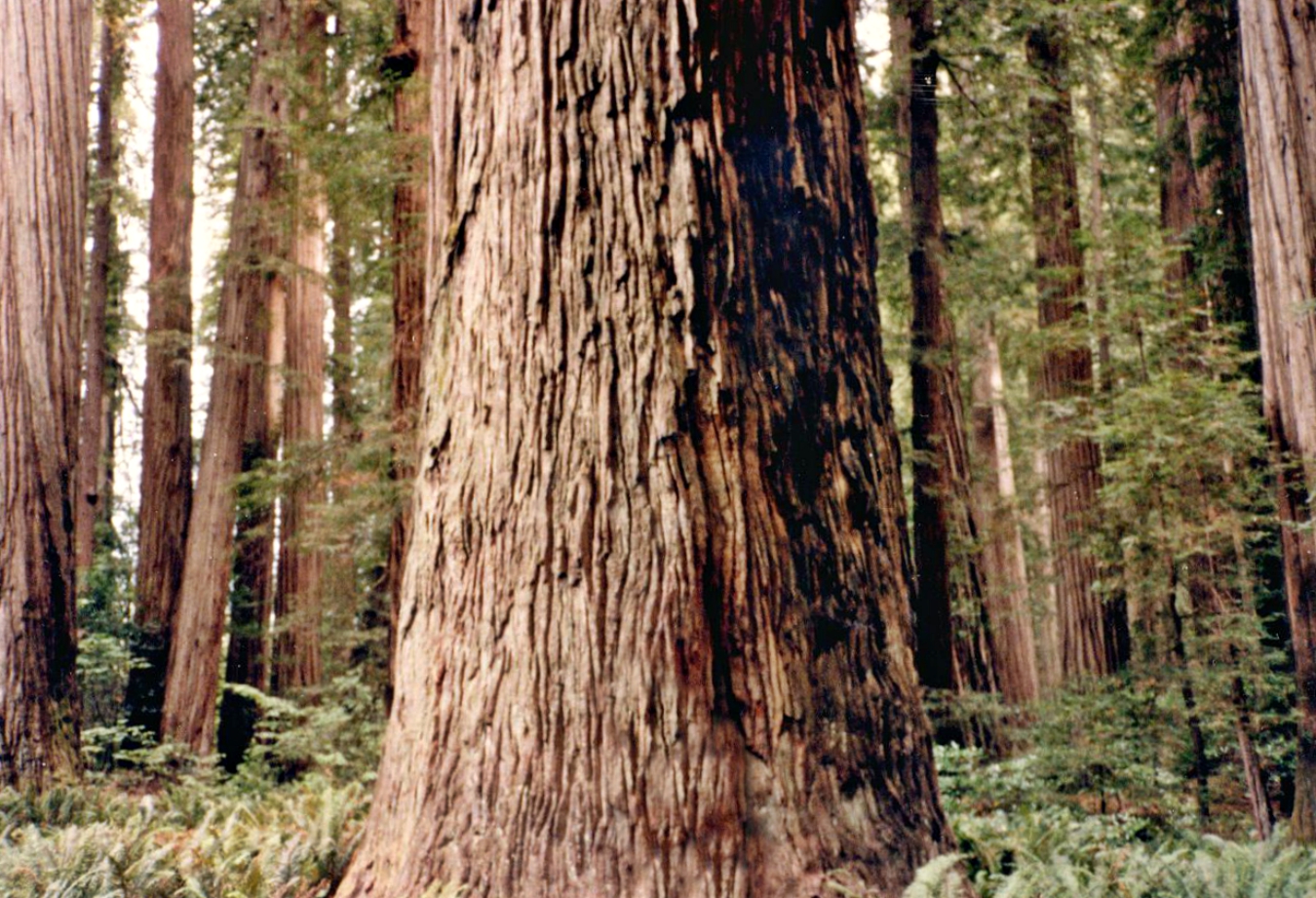This week in my church’s “video quilt” (a way we worship virtually to prevent transmitting COVID-19), we prayed for the well-being of all creation—the air, land, and water—all that God has made. Yet, in such a time as this, when a pandemic has changed all of our lives, when racism has reared its ugly head (yet again), and when we prepare for an election only a few months away—are we remembering our duty to the well-being of this creation?
Prayer ought to lead to duty. Duty, after all, is sister to love. The love of God. The love of this created world.
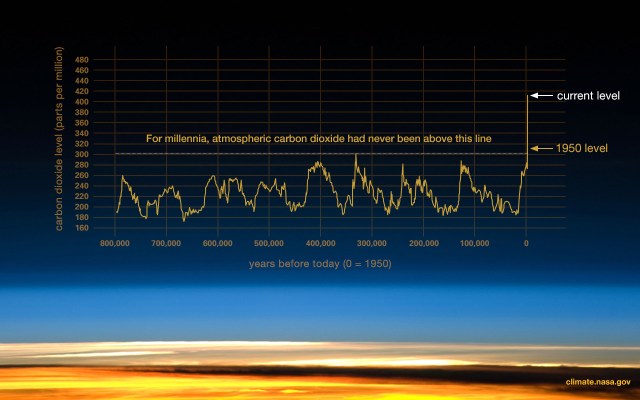 (Credit: Luthi, D., et al.. 2008; Etheridge, D.M., et al. 2010; Vostok ice core data/J.R. Petit et al.; NOAA Mauna Loa CO2 record.) https://climate.nasa.gov/evidence/
(Credit: Luthi, D., et al.. 2008; Etheridge, D.M., et al. 2010; Vostok ice core data/J.R. Petit et al.; NOAA Mauna Loa CO2 record.) https://climate.nasa.gov/evidence/
Creation is suffering
One way is through climate change. The facts are established now. Beginning in the 1950s, carbon dioxide began increasing rapidly. NASA says the increase is unparalleled in millennia. This surge in CO2 is trapping heat in earth’s atmosphere.
As result, the average surface temperature has risen dramatically. We have faced the six “warmest years on record” since 2014. “Not only was 2016 the warmest year on record, but eight of the 12 months that make up the year — from January through September, with the exception of June — were the warmest on record for those respective months” (NASA).
Ice sheets have shrink, glaciers have retreated, sea levels have risen—none of this is conjecture. All of this is occurring today. Bigger heat waves, more frequent category 4 and 5 hurricanes, loss of once habitable land—all will intensify if humans fail to act now for the well-being of all creation.
What are we doing?
The air, land, and water–all are at risk.
 Birds, which I watch daily at my feeders, with joy, live among each of these three realms.
Birds, which I watch daily at my feeders, with joy, live among each of these three realms.
In one of my favorite documentaries, “Winged Migration,” I’ve watched repeatedly as the film follows terns and ducks, sand hill cranes and sage grouse, Canadian geese and migratory penguins around the globe, flying south in the fall and then north again in the spring. I am transported; immersed in this world above and about us, and awakened to new obstructions to bird migrations as human communities expand.

This image was originally posted to Flickr by joiseyshowaa at https://flickr.com/photos/30201239@N00/22909763321. It was reviewed on by FlickreviewR and was confirmed to be licensed under the terms of the cc-by-sa-2.0.
One of the most important laws that helped these creatures—the Migratory Bird Treaty Act (MBTA)–is being gutted. The law was put into place about a century ago. The National Audubon Society says that the MBTA protects nearly 1,100 bird species. But key provisions are now being changed. And the authors know these changes will lead to the death of birds, and they suggest that the world (humans) will be better off with less of these creatures.
I know that changing this law in this way is wrong. We are better off with more birds, not less.
Air, land, water, and the creatures that live in them: all are at risk.
In such a time as this, when our attention is justifiably diverted to so many other urgent matters, can we remember this prayer for the well-being of all creation, the air, the land, the water, and all that God has made?
We are failing to address climate change. We are destroying essential Acts that seek to protect nature. We must not pray for the well-being of creation while failing in our duty to protect it. In such a time as this…
Will we act for the well-being of creation?

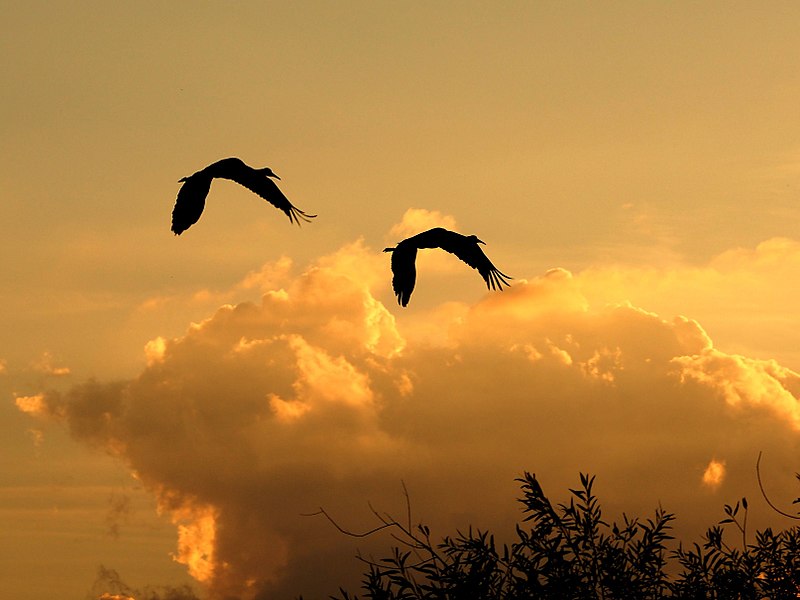
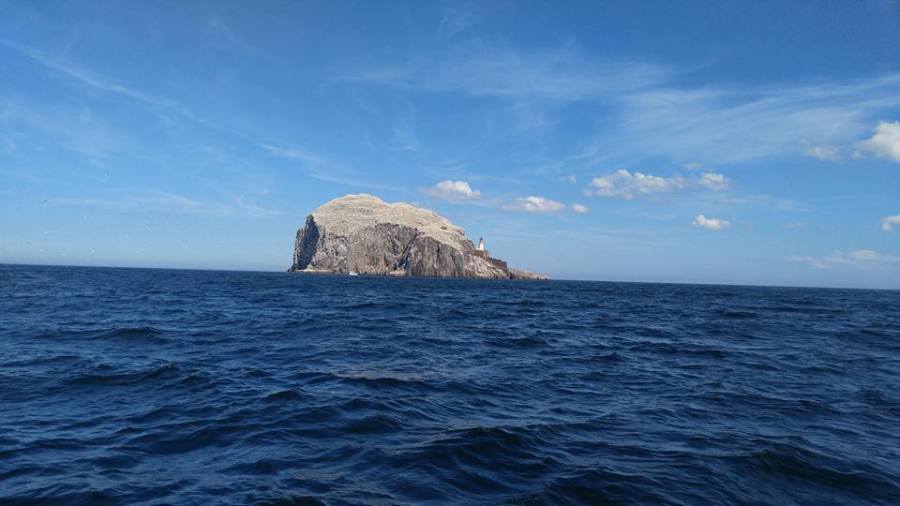

 India supports 1.3 billion people who need water to survive. This June,
India supports 1.3 billion people who need water to survive. This June, 









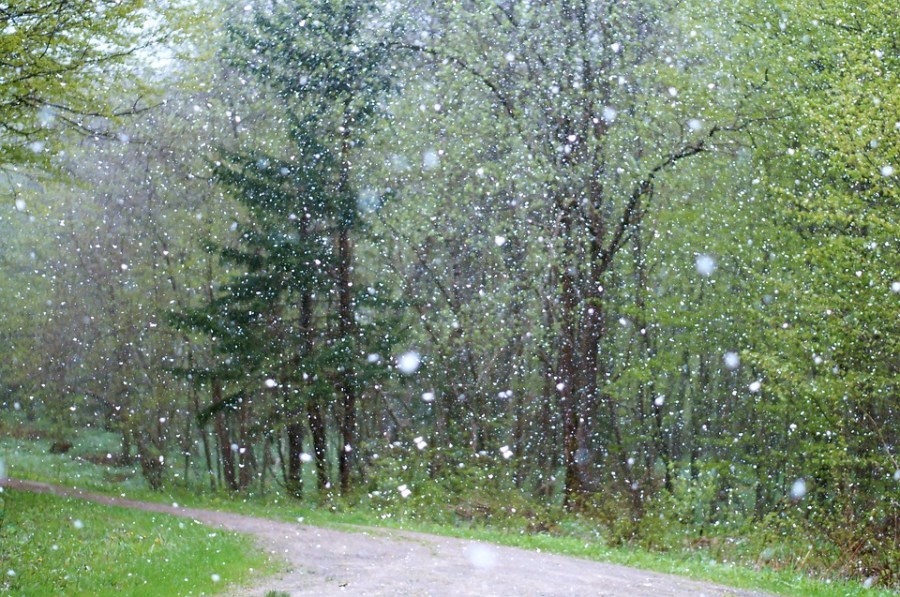
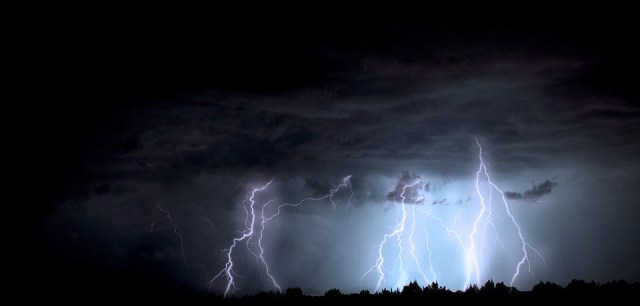


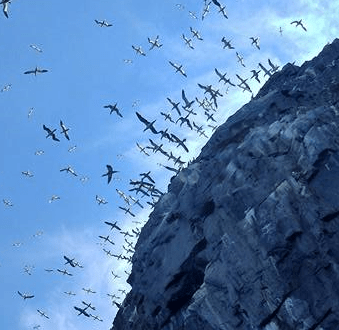
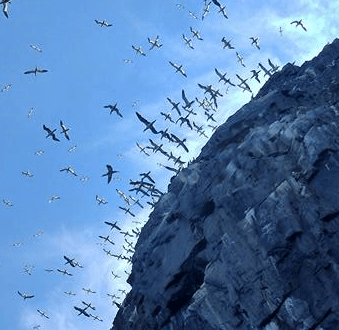 An air world. One of God’s other worlds, intersecting our own.
An air world. One of God’s other worlds, intersecting our own.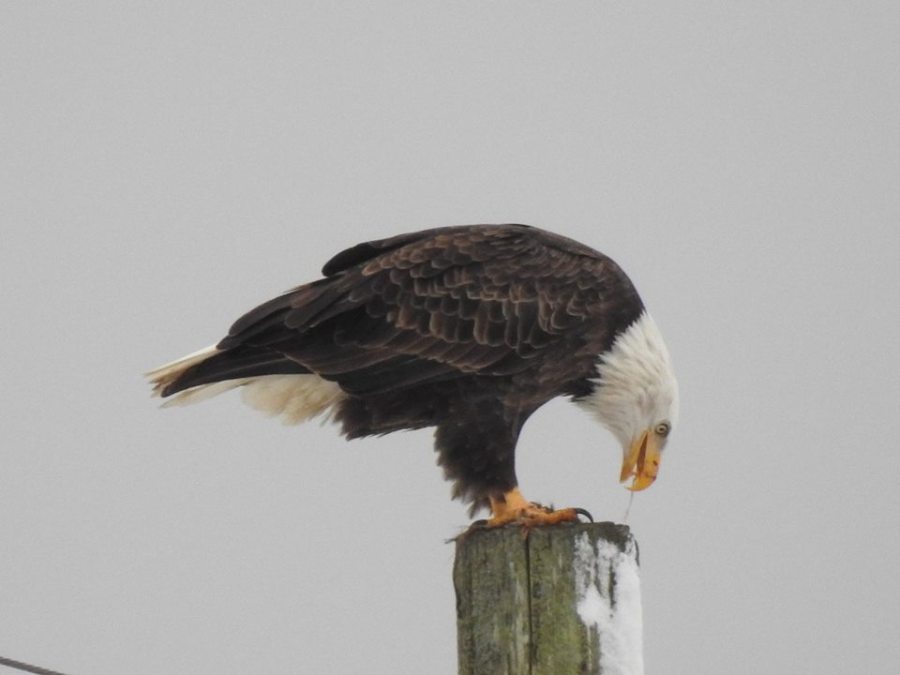

























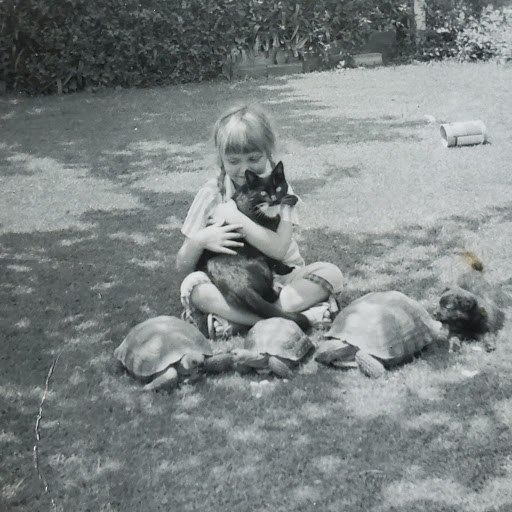
 Loving other animals (humans are animals too) has confronted me with horror, tragedy, mourning, and loss. Yet my life has been replete with animals. This picture of me is evocative: encircled by turtles, holding a cat, with a puppy nearby! Paradoxically, it was in caring for such animals that my love for nature was nurtured.
Loving other animals (humans are animals too) has confronted me with horror, tragedy, mourning, and loss. Yet my life has been replete with animals. This picture of me is evocative: encircled by turtles, holding a cat, with a puppy nearby! Paradoxically, it was in caring for such animals that my love for nature was nurtured.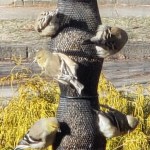
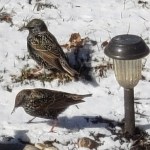
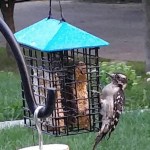

 Today was a beautiful Earth Day, here in Indiana. In the older neighborhood where I live, magenta redbud blossomed along every stem, cherry buds burst open wide, while maple leaves leisurely unfurled.
Today was a beautiful Earth Day, here in Indiana. In the older neighborhood where I live, magenta redbud blossomed along every stem, cherry buds burst open wide, while maple leaves leisurely unfurled.



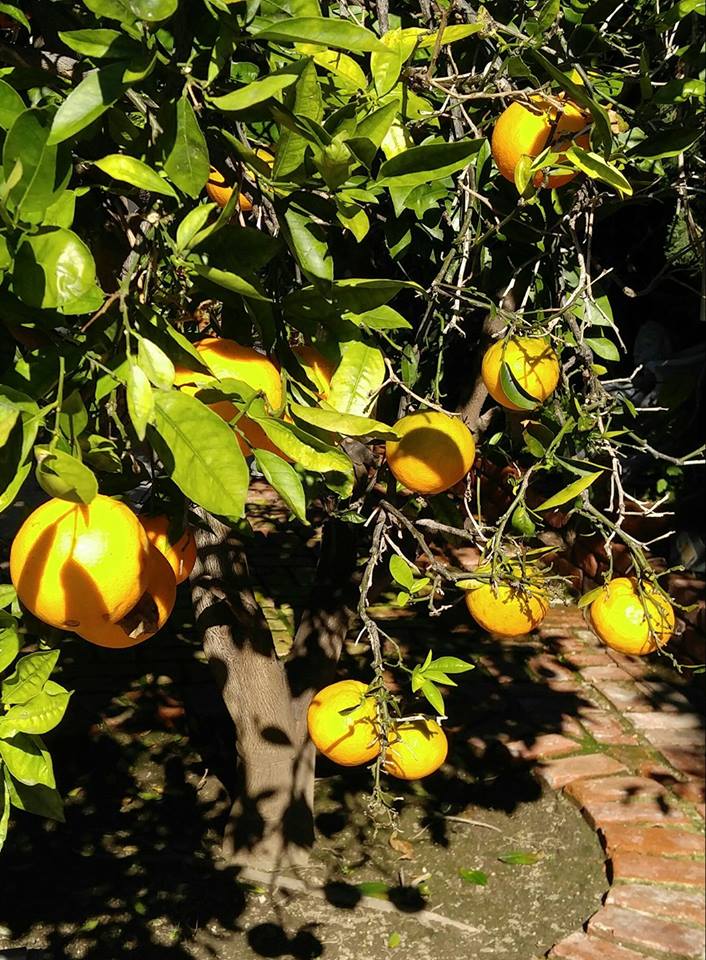

 Oranges and lemons, from California, to Texas, to Florida, to the U.S. Virgin Islands, are at risk today from a plant disease known commonly as Citrus Greening (short for Candidatus Liberibacter asiaticus—a name I’ll never remember). Apparently it is one of the most serious plant diseases in the world. The
Oranges and lemons, from California, to Texas, to Florida, to the U.S. Virgin Islands, are at risk today from a plant disease known commonly as Citrus Greening (short for Candidatus Liberibacter asiaticus—a name I’ll never remember). Apparently it is one of the most serious plant diseases in the world. The 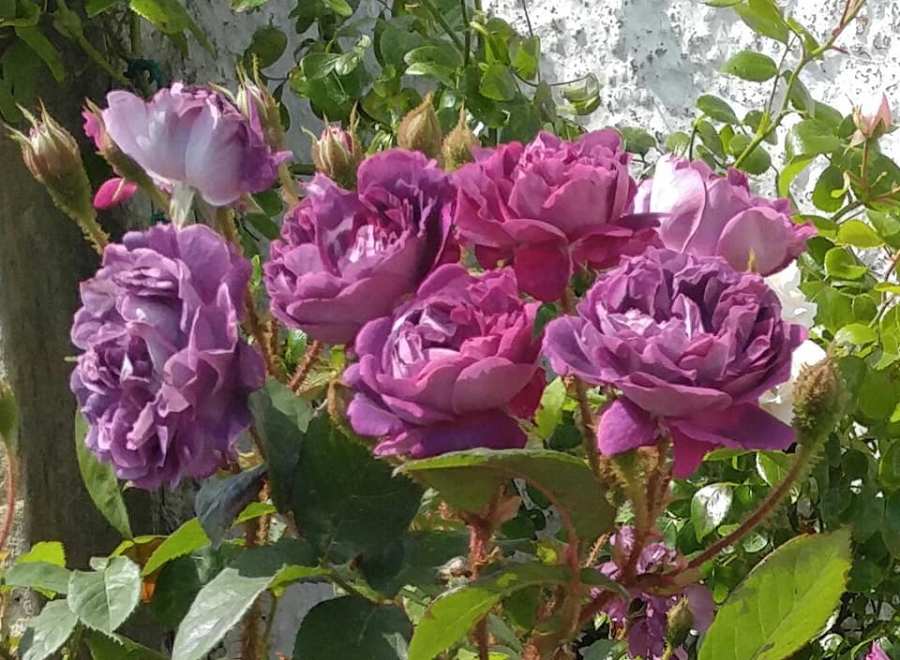
 At the Rose Parade, flowers reign. For those unversed in parade rules–every surface inch on every float—from huge twirling elephants to the image on the elephant’s IPad—must be covered in natural materials–dried stretched seaweeds, tea leaves, cranberry seeds, corn, beans, or rice. Herbs like cumin and cloves. Carnations, mums, daisies, orchids, bird of paradise flowers, and half a million or more roses. No artificial plant materials or coloring are allowed—nature’s colors are dramatic enough.
At the Rose Parade, flowers reign. For those unversed in parade rules–every surface inch on every float—from huge twirling elephants to the image on the elephant’s IPad—must be covered in natural materials–dried stretched seaweeds, tea leaves, cranberry seeds, corn, beans, or rice. Herbs like cumin and cloves. Carnations, mums, daisies, orchids, bird of paradise flowers, and half a million or more roses. No artificial plant materials or coloring are allowed—nature’s colors are dramatic enough.


